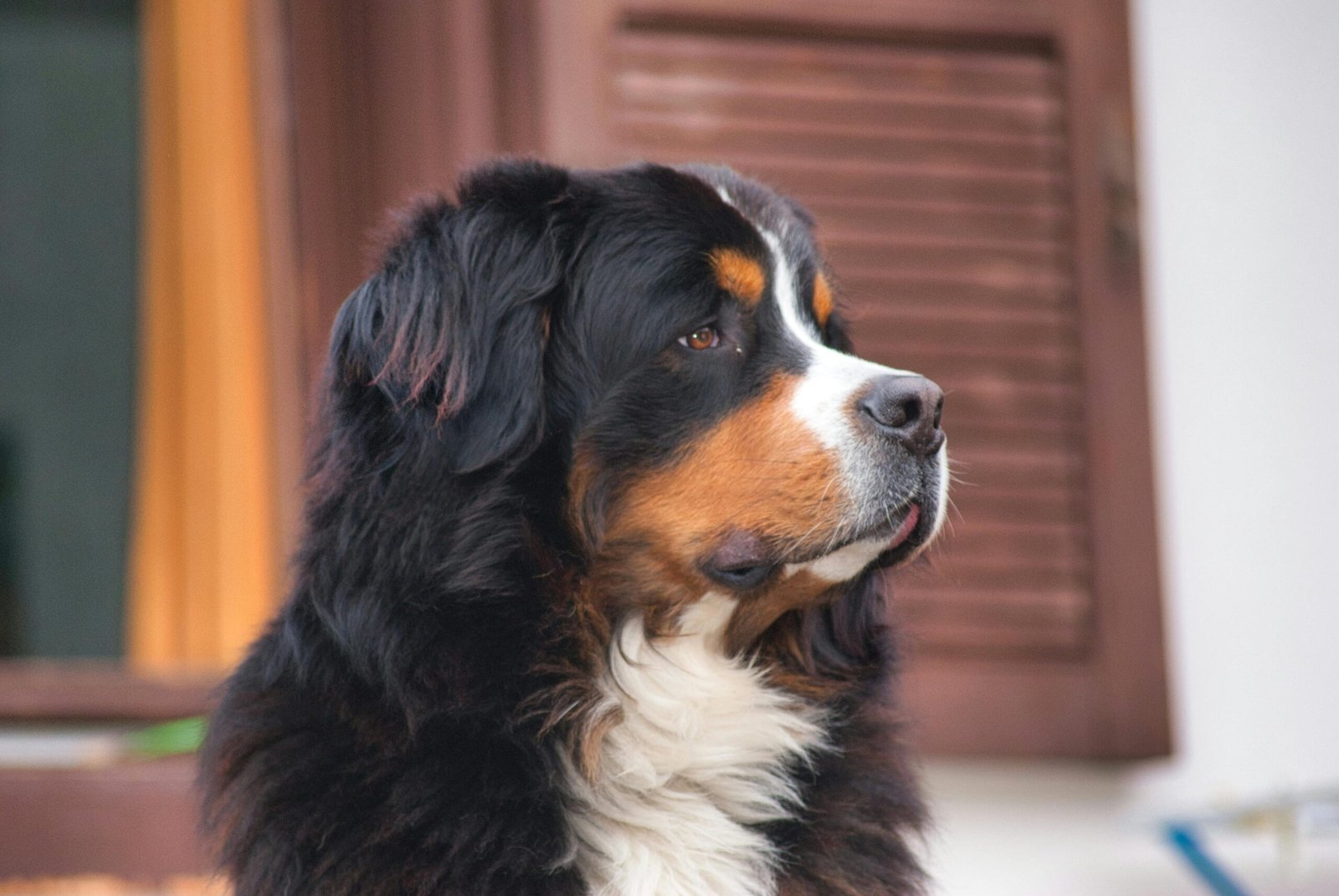Dogs might not complain with words, but they sure have their own ways of letting you know when something’s off. From turning their back on you to giving you those dramatic sighs or avoiding eye contact, these subtle cues often say, “I’m not loving this.” Some might even huff, whine, or gently paw at you to express their displeasure. But then there are breeds like the Labrador Retriever, Cavalier King Charles Spaniel, or Bernese Mountain Dog—known for their go-with-the-flow attitude. These laid-back pups tend to stay cheerful even when things don’t go exactly their way. Understanding both the signs and the personality behind the breed helps you build a better bond with your dog—complaints or not!
1. The Classic Side-Eye Glare
Ever catch your dog shooting you that unmistakable sideways glance? That’s the canine equivalent of a dramatic eye roll. The side-eye, sometimes called “whale eye,” is when a dog turns its head away but keeps its eyes fixed on you, showing the whites. It’s their silent way of saying, “I’m not thrilled about this.” Maybe you’ve moved their favorite bed, or you’re eating something delicious and not sharing. This look can seem almost comical, but it’s a definite sign your pup is less than pleased. Dogs use this look to communicate discomfort, confusion, or mild annoyance, often hoping you’ll get the message and change your behavior. It’s subtle, but once you know to watch for it, you’ll see it everywhere.
2. Turning Away or Ignoring You
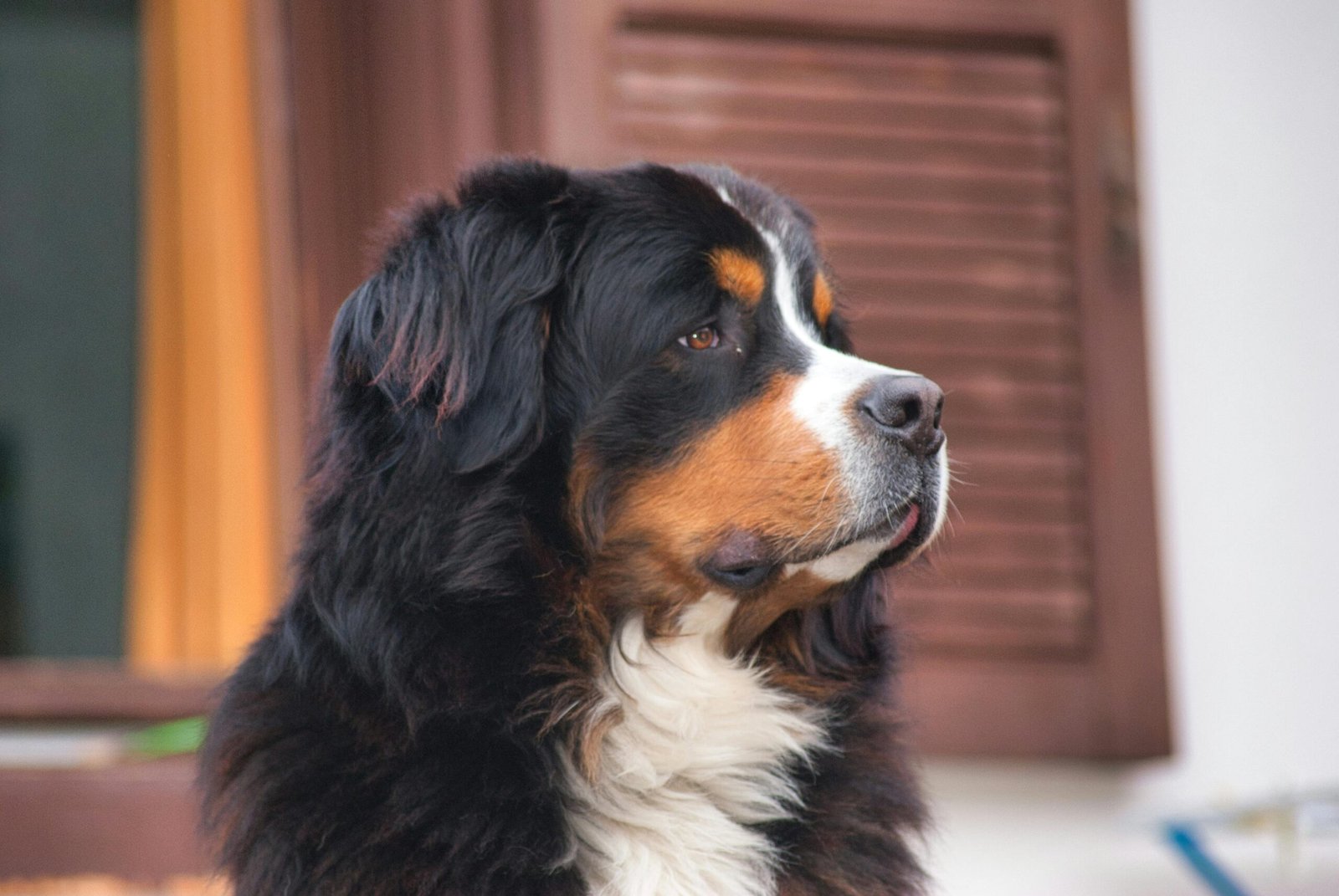
Dogs can be masters of passive-aggressive behavior. When displeased, some will simply turn their back or pointedly ignore you. It’s their way of saying, “I’m not interested in what you’re offering right now.” If you’ve just given them a bath or trimmed their nails, don’t be surprised if they sulk in the corner or refuse to make eye contact. This aloofness isn’t just shyness—it can be a clear protest. Dogs are social creatures, and for most, ignoring their human is a big statement. It’s like your best friend giving you the silent treatment. If your dog suddenly acts distant, it might be time to rethink your latest “fun” idea.
3. Whining or Grumbling
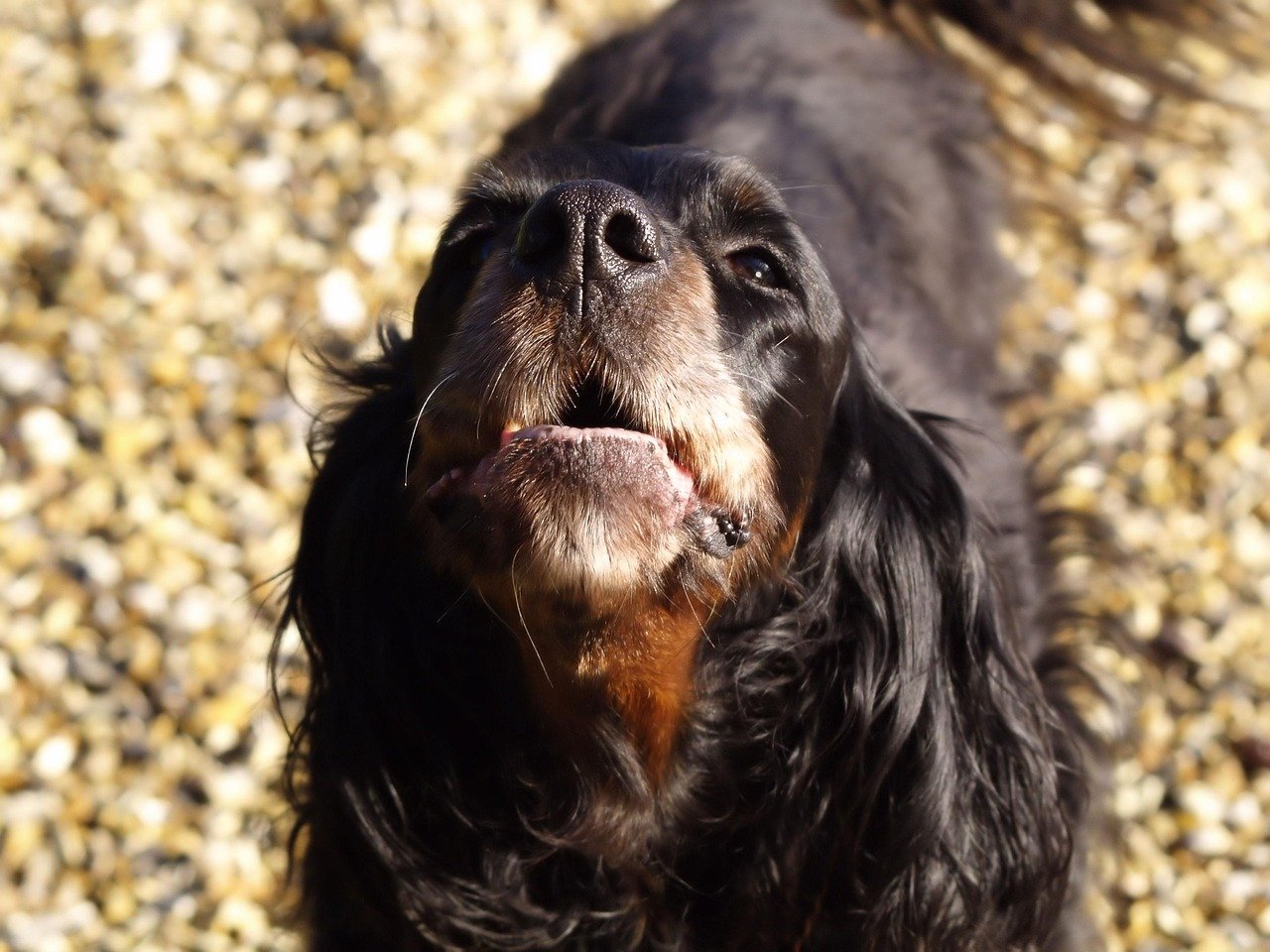
A dog’s voice can say a lot. Some breeds, and individual dogs, will whine, grumble, or even let out a dramatic sigh when they’re unhappy. This vocal displeasure is especially common when they’re denied something they want—like a treat, a walk, or attention. The whining can start out soft, then grow louder if you ignore it. Sometimes, it’s accompanied by adorable (or annoying) little grunts or moans. It’s their way of saying, “Come on, I deserve better!” If you have a talkative dog, you probably hear this a lot. It’s their not-so-subtle plea for you to fix whatever wrong they’re feeling.
4. Hiding or Retreating to a Safe Spot
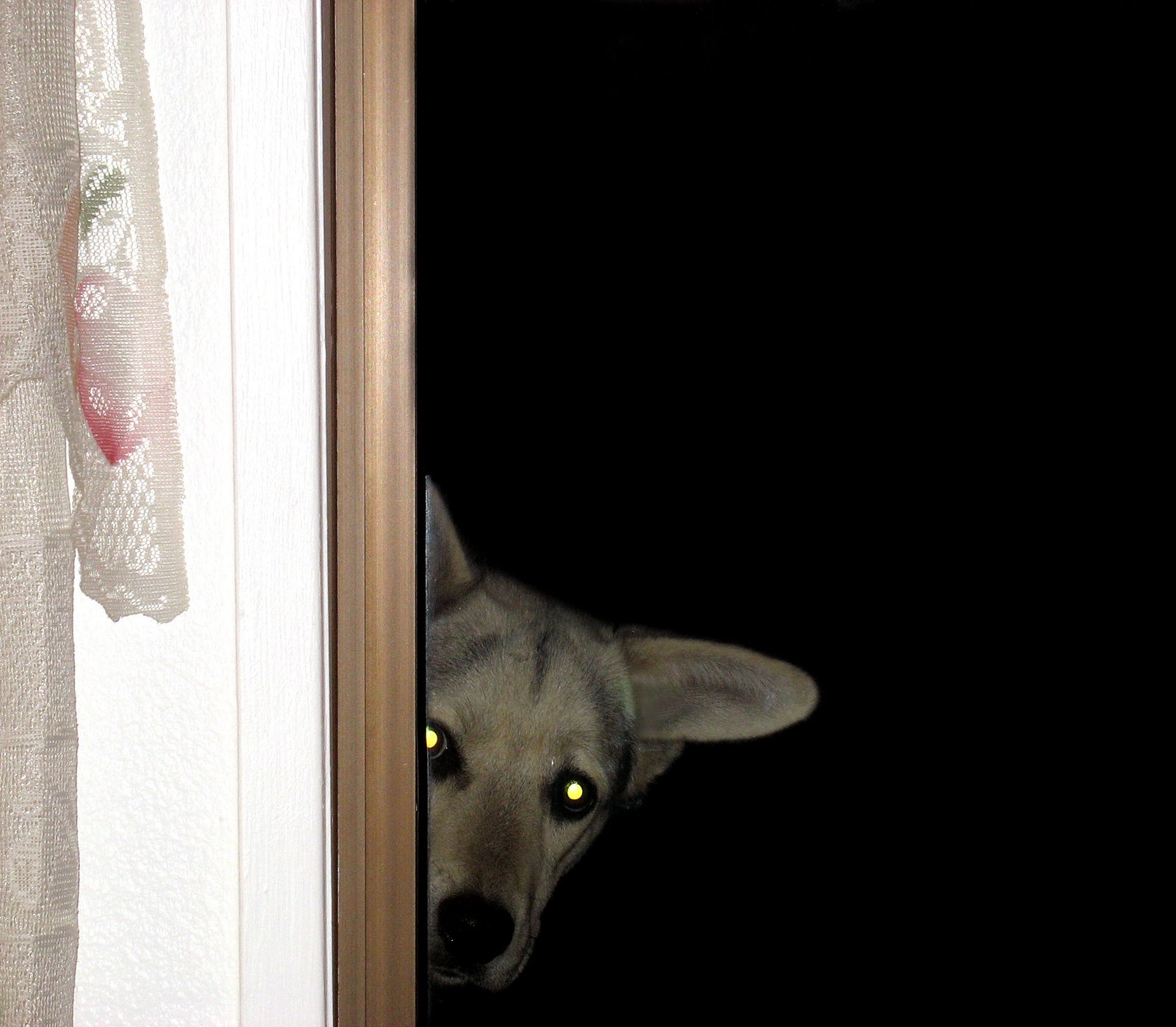
When a dog is really uncomfortable or displeased, they might retreat to a favorite hiding spot—under the bed, behind the couch, or in their crate. This withdrawal is their way of coping with stress or displeasure. For example, loud noises, strangers, or changes in their routine can send some dogs running for cover. It’s almost like a child hiding under the covers after a bad dream. If your dog suddenly disappears after you’ve done something they dislike, it’s a clear sign they’re not happy. Giving them space and comfort can help them feel safe again.
5. Unmistakable Pawing or Nudging
Some dogs are more physical in their communication. They’ll paw at your leg or nudge you with their nose when they want something—or when they’re displeased. This gesture can be persistent, especially if they feel ignored or slighted. Maybe you’re working on your laptop and not giving them enough attention. The pawing begins, soft at first, then more insistent. It’s their way of saying, “Hey, I’m not okay with this. Pay attention to me!” This behavior is usually harmless and can even be endearing, but it’s a clear sign your dog isn’t satisfied with the current situation.
6. Flattened Ears and Tail Tucked Low
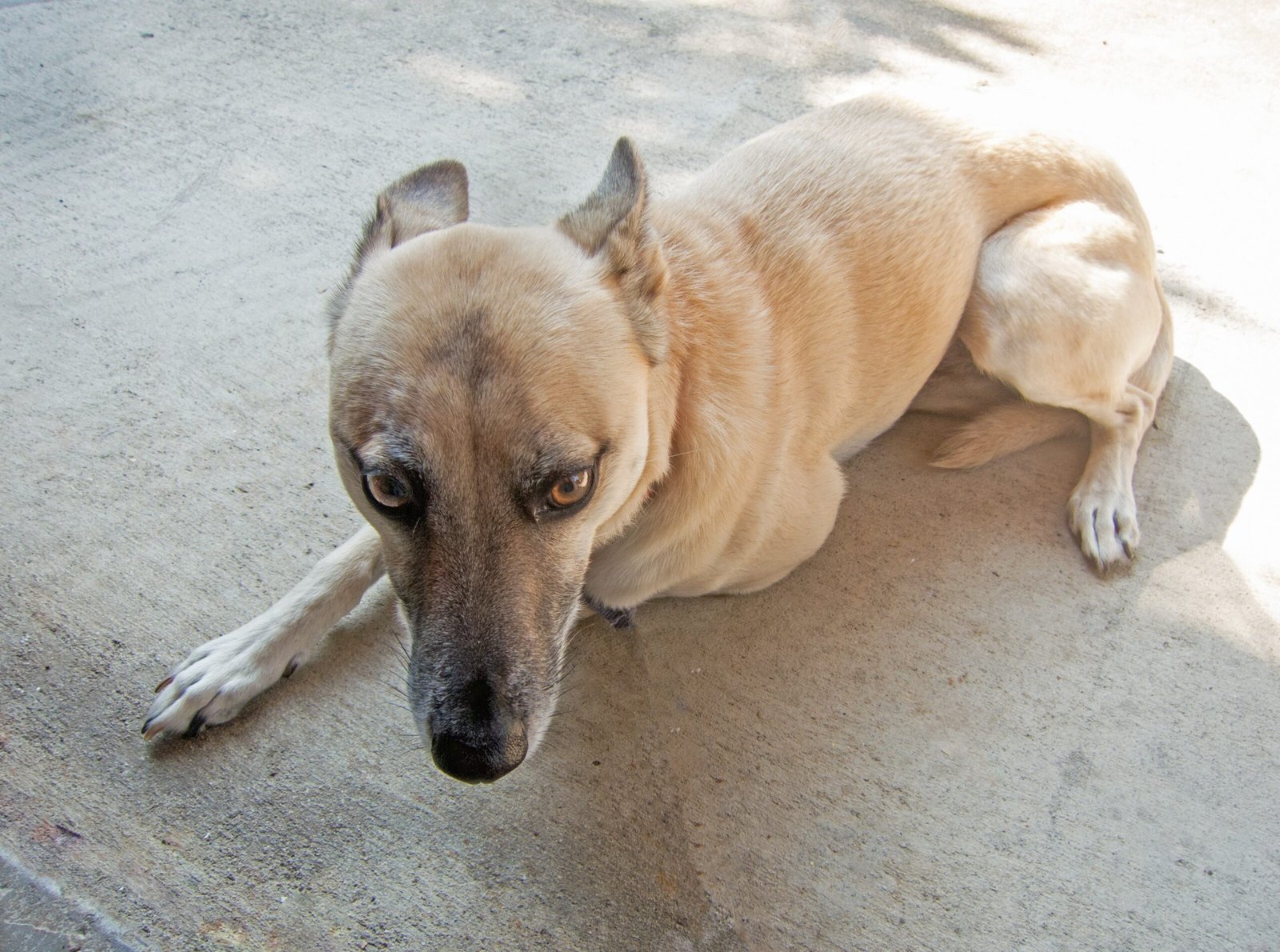
Body language is everything to a dog. When they’re displeased, many will flatten their ears against their head and tuck their tail between their legs. This posture usually signals anxiety or discomfort, and sometimes, disappointment. It’s like a visual sigh. If you scold your dog or introduce them to something they dislike (like a vacuum cleaner), you might see this posture. It’s their way of telling you, “I’m not happy about this, and I’d rather be somewhere else.” Paying attention to these subtle cues can help you understand what’s bothering your furry friend.
7. Excessive Licking (Especially of the Lips)
Licking isn’t always about affection. When dogs are uneasy or displeased, they often lick their lips repeatedly. It’s a self-soothing behavior, kind of like a person nervously biting their nails. You might notice this when you’re getting ready to leave the house or introducing your dog to a new environment. It’s a clear sign they’re not entirely comfortable. Sometimes, they’ll also lick their paws or the air, trying to cope with the situation. Recognizing this behavior can help you step in and offer comfort before their anxiety escalates.
8. Barking or Huffy “Talking Back”
Some dogs aren’t shy about voicing their displeasure. They’ll bark, huff, or even let out a series of sharp, quick barks when something displeases them. This is especially true for breeds known for being vocal. If you’re late with dinner or forget their usual walk, you might get an earful. It’s almost like they’re scolding you! This kind of “talking back” isn’t aggression, but a form of communication. Dogs that are confident and attached to their humans tend to use their voices more freely to show how they feel.
9. Destructive Behaviors (Chewing, Digging, Shredding)
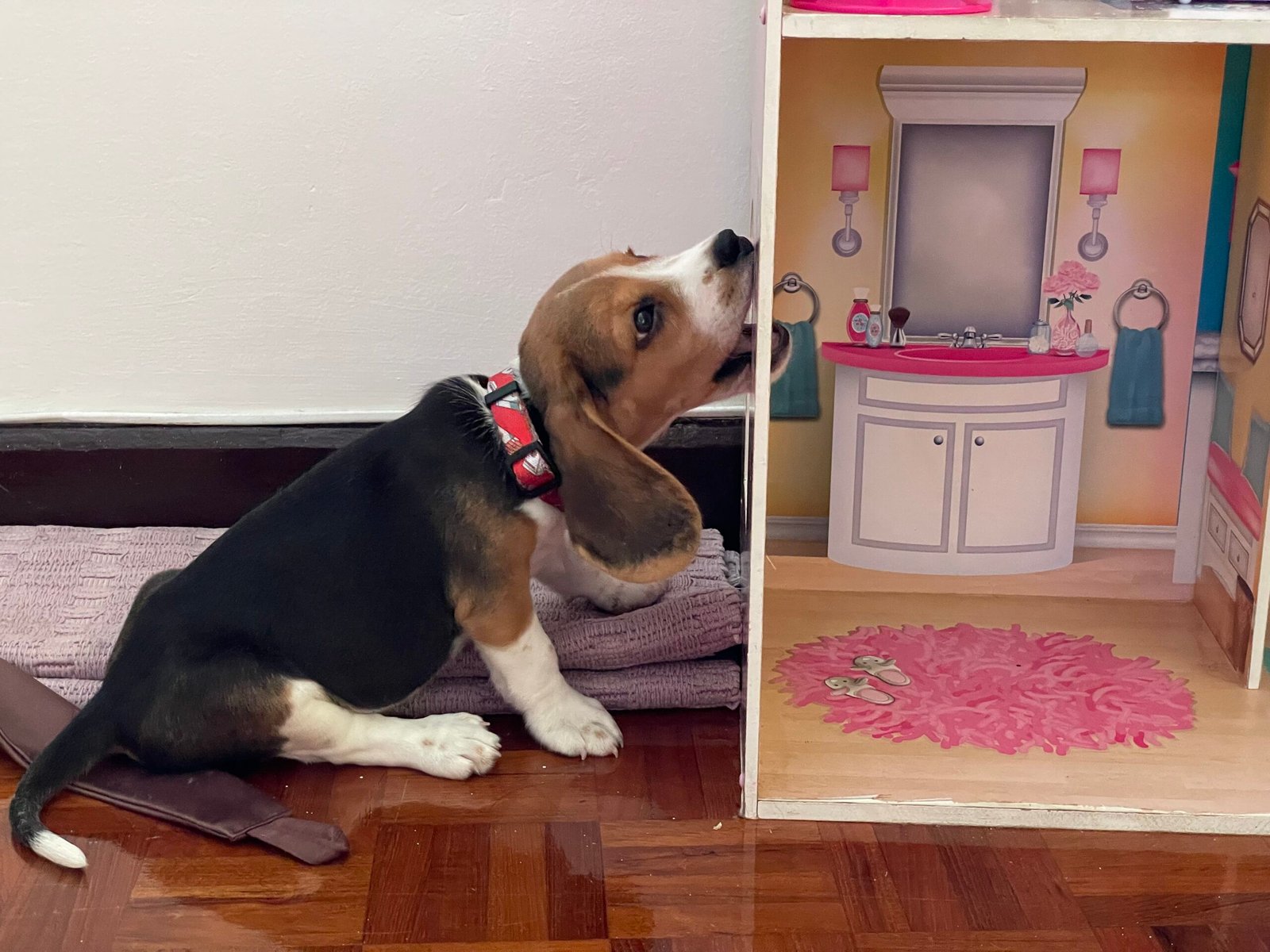
When dogs are really unhappy or frustrated, they sometimes act out by chewing furniture, digging holes, or shredding pillows. It’s like a toddler throwing a tantrum. Boredom, lack of exercise, or being left alone too long can trigger these behaviors. While it’s not always about displeasure—sometimes it’s just excess energy—destructive acts can be a way for dogs to express their dissatisfaction with their current situation. Paying attention to when and why these behaviors happen can help you address the underlying issue.
10. Refusing Food or Treats
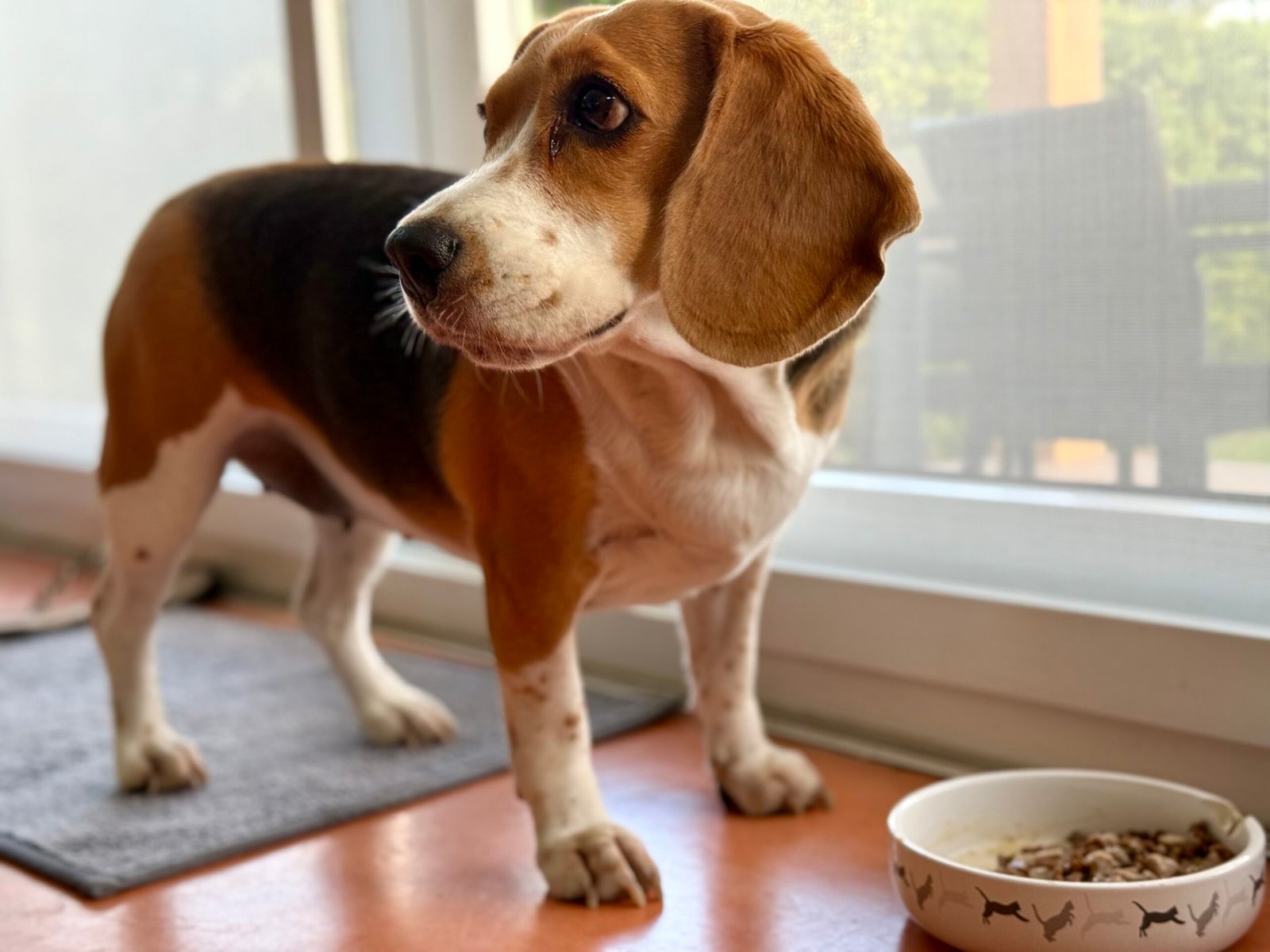
Few things are more telling than a dog turning down food. If your usually food-loving pup suddenly refuses treats or ignores their dinner, it’s a big red flag. Dogs with strong opinions about their environment or routine might protest by snubbing food when they’re upset, anxious, or displeased. Maybe you’ve changed their food, moved their bowl, or something stressful happened at home. This silent protest is their way of saying, “I’m not happy, and I want you to know it.” If this behavior persists, it’s always wise to check with your vet.
11. Labrador Retriever: The Laid-Back Buddy
Labrador Retrievers are famous for their easy-going, happy-go-lucky nature. Rarely do you hear a Lab complain—they seem to roll with whatever life hands them. Whether it’s a new puppy in the house, a missed walk, or a late dinner, Labs usually greet it all with a wagging tail and an optimistic attitude. Their adaptability makes them one of the most popular breeds worldwide. Labs thrive on human interaction and are eager to please, which means they’re less likely to show dramatic displeasure. If you’re looking for a dog that takes life in stride, the Labrador Retriever is a top choice.
12. Golden Retriever: Sunshine in Fur
Golden Retrievers are the definition of cheerful companions. Known for their gentle temperament, Goldens rarely make a fuss, even when things aren’t perfect. They’re forgiving, patient, and seem to have endless reserves of goodwill. Whether you accidentally skip playtime or bring home a new pet, a Golden will adapt quickly and rarely hold a grudge. Their love for people and eagerness to be part of the family keeps them upbeat. If you want a dog that rarely complains, the Golden Retriever is a shining example.
13. Cavalier King Charles Spaniel: The Sweetheart
Cavalier King Charles Spaniels are known for their affectionate, gentle demeanor. They’re incredibly adaptable, making them perfect for families, singles, or seniors. These dogs are more likely to snuggle up next to you than to protest a change in routine. Even when faced with loud noises or new environments, Cavaliers tend to stay calm and collected. Their main concern is being close to their people, and as long as they have that, they rarely complain. Their easy-going nature makes them a joy to have around.
14. Greyhound: The Quiet Observer
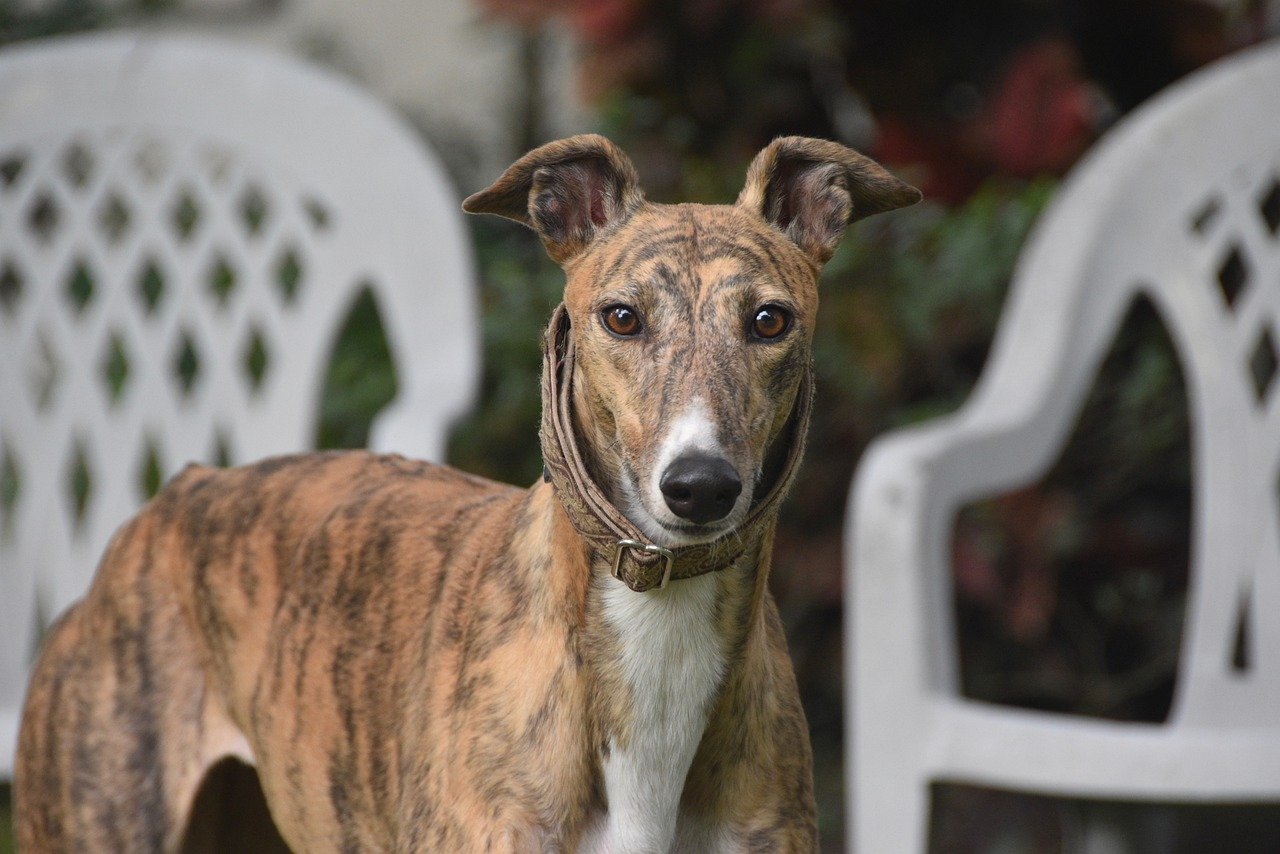
Greyhounds might surprise you with how mellow they are. Despite their racing background, most Greyhounds are couch potatoes at heart. They rarely make a fuss about anything—noisy environments, new faces, or changes in routine. Their calm, gentle disposition makes them excellent companions for all kinds of households. If you’re looking for a laid-back dog that takes everything in stride, a Greyhound is worth considering. They’re content to quietly observe the world, rarely voicing displeasure.
15. Bernese Mountain Dog: The Gentle Giant
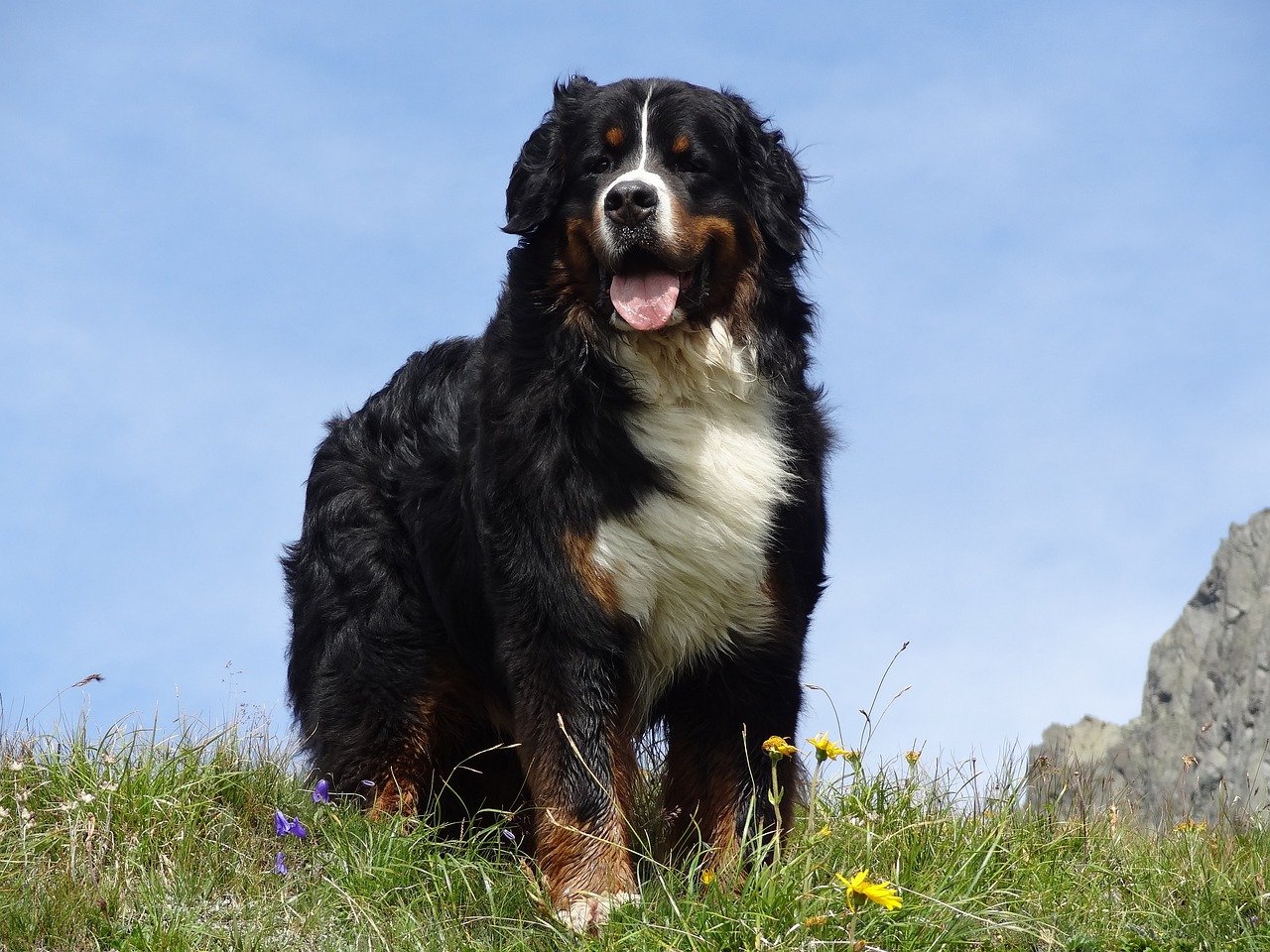
Bernese Mountain Dogs are big, beautiful, and astonishingly gentle. These dogs are famously patient, especially with children. They’re less likely to get upset over small changes or minor annoyances. Instead, they seem to approach life with calm acceptance. Whether it’s a rainy walk or an unexpected visitor, Bernese Mountain Dogs rarely get worked up. Their affectionate personalities and devotion to family make them one of the most agreeable breeds around.
16. Newfoundland: The Patient Protector
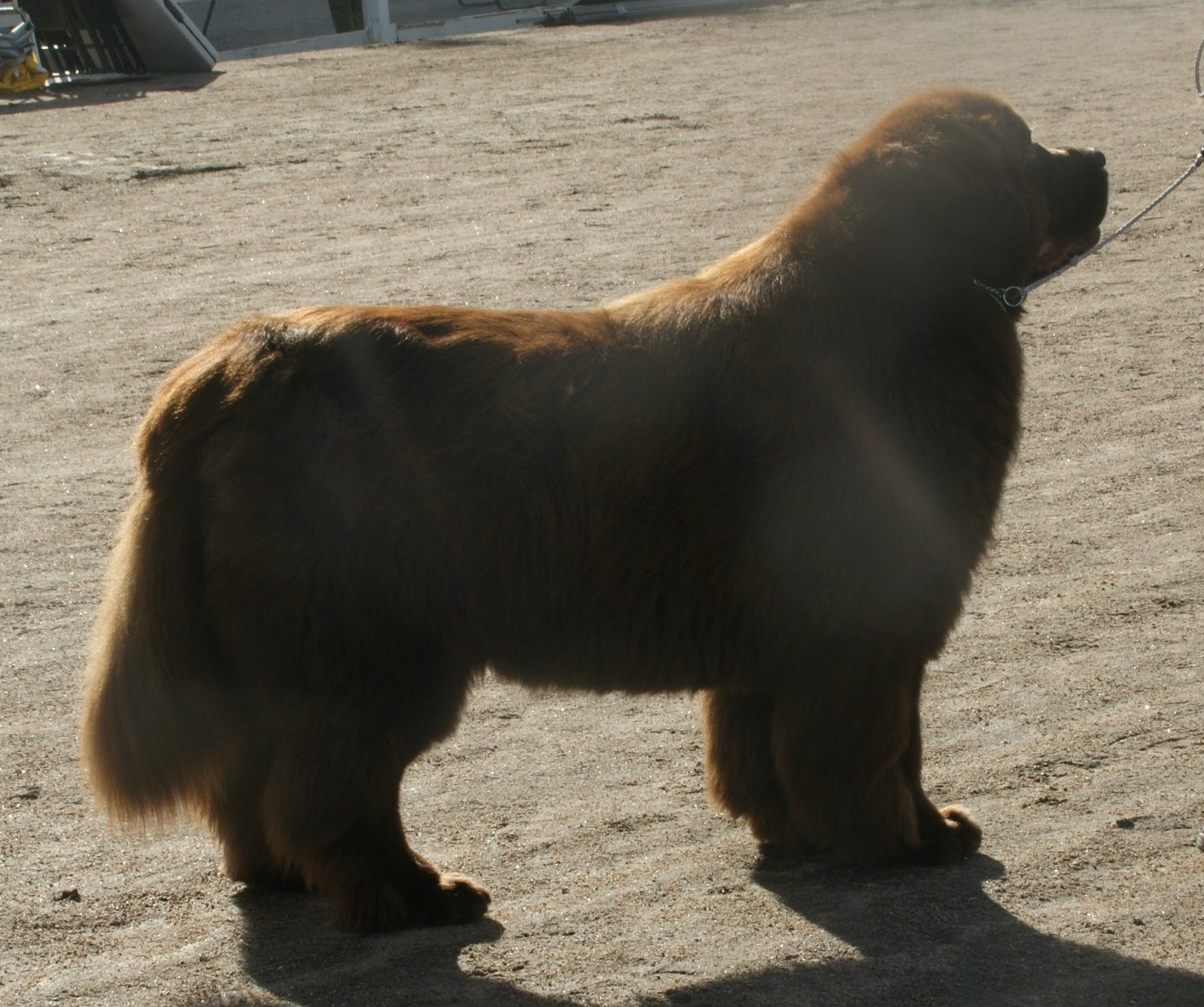
Newfoundlands, often called “Newfies,” are known for their sweet, even-tempered nature. Despite their size, they’re gentle giants who rarely complain. Whether they’re dealing with active children, noisy households, or unpredictable weather, Newfies keep their cool. Their patience and tolerance are legendary. Instead of grumbling, they tend to show affection and loyalty, making them perfect for families looking for a drama-free pet.
17. Basset Hound: The Laid-Back Lounger
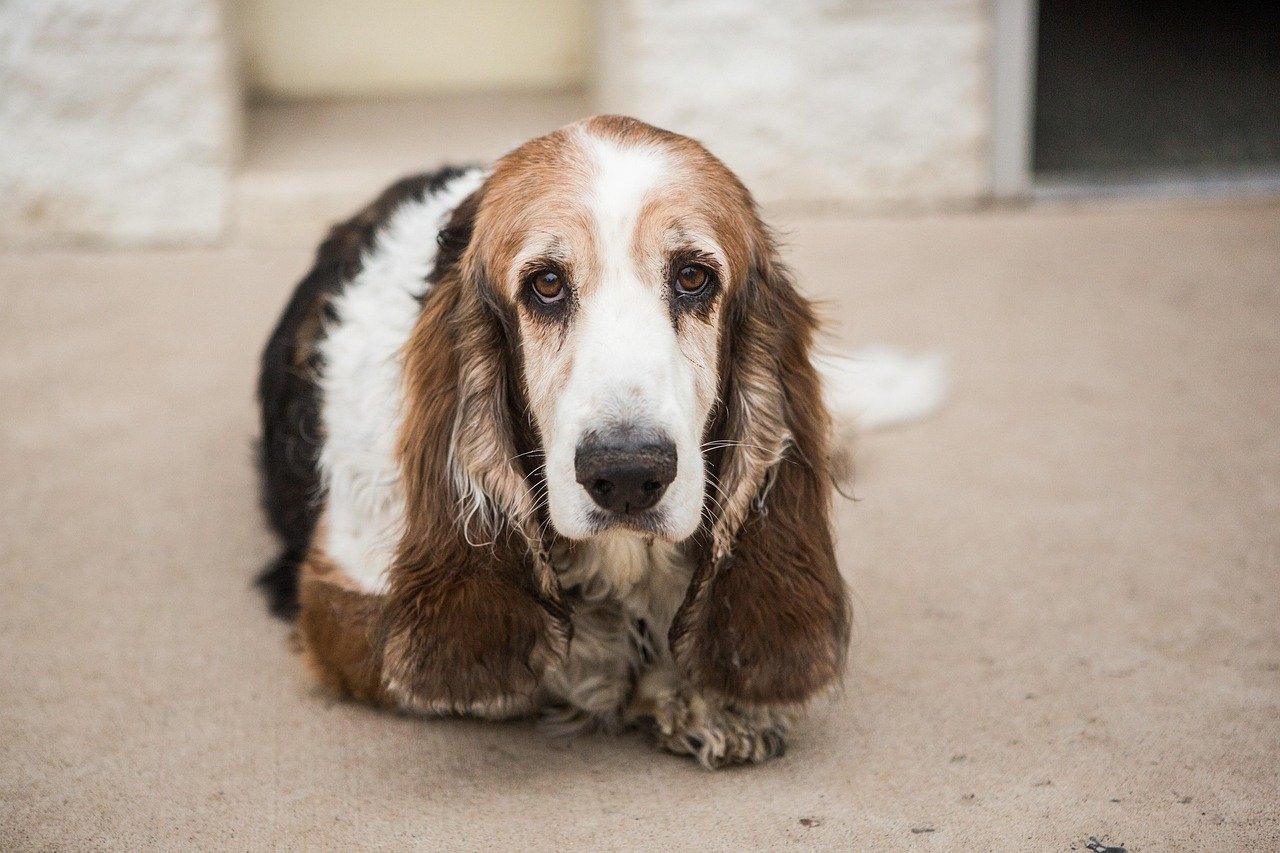
Basset Hounds are known for their relaxed approach to life. They prefer lounging to running around and rarely get upset over little things. With their soulful eyes and droopy ears, Bassets seem to embody calm acceptance. Even when faced with changes or disruptions, they tend to take it all in stride. If you want a dog that won’t make a big deal out of everyday frustrations, the Basset Hound is a wonderful choice.
18. Clumber Spaniel: The Chill Companion
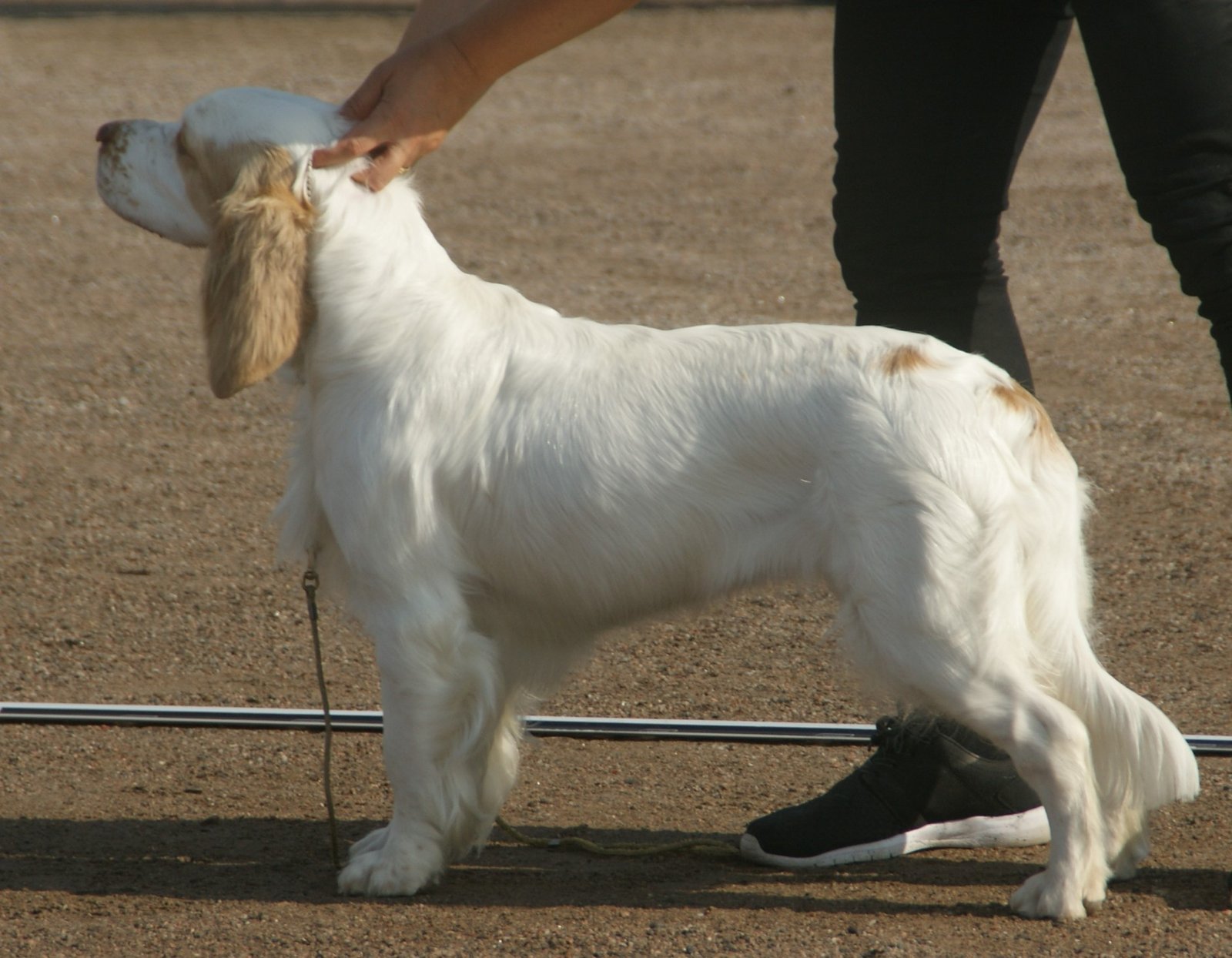
Clumber Spaniels are one of the most laid-back breeds you’ll ever meet. They have a calm, steady temperament and rarely show signs of stress or displeasure. Whether you have a busy household or a quiet one, Clumbers fit right in. Their relaxed attitude means they’re less likely to protest changes or disruptions. If you want a dog that brings a sense of peace to your home, the Clumber Spaniel is hard to beat.
19. Shih Tzu: The Adaptable Friend
Shih Tzus are cheerful, adaptable little dogs who seem to take everything in stride. They’re happy as long as they’re with their people and rarely make a fuss about new situations or changes to their routine. Their affectionate, easy-going nature makes them ideal companions for all kinds of families. Even when faced with something they don’t love, Shih Tzus are more likely to seek comfort in your lap than to vocalize displeasure.
20. Whippet: The Easygoing Athlete
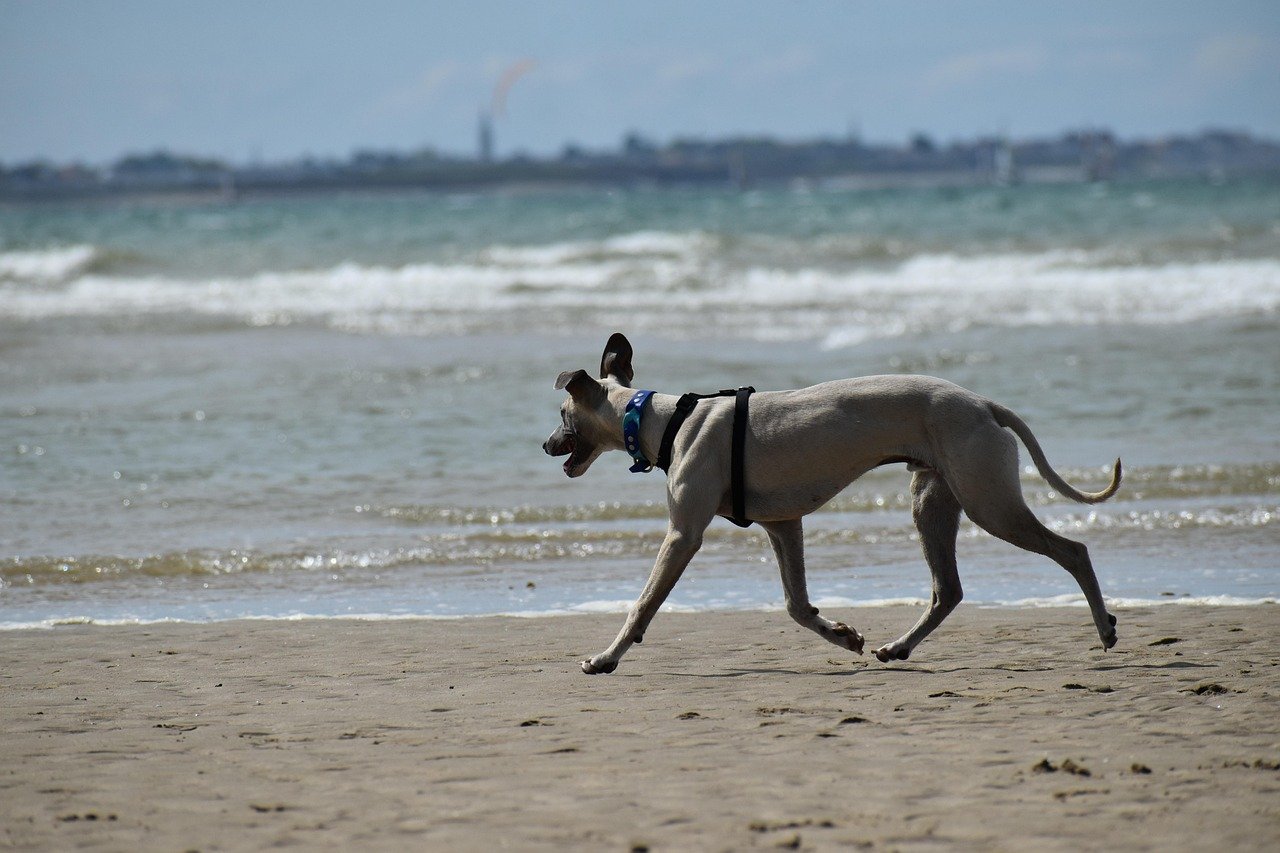
Whippets are gentle, quiet, and famously easy to live with. They’re athletic when it’s time to play but perfectly content to curl up and nap the rest of the day. Whippets adapt well to different environments and rarely complain about changes or disruptions. Their calm, affectionate personality makes them excellent companions for people of all ages. If you want a dog that brings peace and tranquility to your life, the Whippet is a top contender.
Every dog has their own way of expressing what they love—and what they’d rather skip. While some breeds wear their emotions on their furry sleeves, others take life as it comes without much fuss. Learning to read your dog’s signals helps you respond with love and understanding. After all, even the quietest pups deserve to feel heard and happy.

